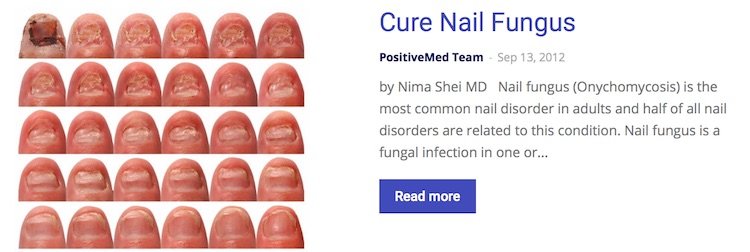Toenail act as a barrier between the soft tissue of the nail bed under them and its environment. A detached or thick toenail is a painful condition that you may experience at some point in your lifetime. As you become older, your nails can start to break down which may develop a condition that may cause thick nails to form.

There are different causes of thick toenails, and some may include skin conditions and fungal infections. Other diseases may cause thick nails to develop includes diabetes or psoriasis.
Symptoms and appearances
At an early stage you may not be able to notice thick toenails. However, the nails will get thicker which you will be able to notice various symptoms. They include;
Bad smell from the nail
Nails break and brittle easily
Cutting and trimming becomes difficult.
Cracking or splitting of the nails occurs easily
Dirt and other debris get under the nails
Discomfort or pain can be felt
Overtime, toenails slowly thicken and may appear gnarly with some scaling on the surface
Causes and risk factors
Some of the causes include the following:
Yeast and fungal infections
A fungal infection known as onychomycosis is the most common causes of thick nails. Many times fungal infections grow on your toenails because they are able to thrive in moist and warm environment. Under these conditions, they develop quickly and also spread easily causing different symptoms.
Some of the common treatments include:
Oral medications
Prescription ointments
Laser therapy
Treatment of the nail bed underneath
To prevent fungal infections, you should avoid walking barefooted, especially on showers and public places. Always keep your footwear dry.
Injury
Toenails can thicken due to repeated or sudden injury or trauma. Mostly this can happen when you are involved in exercise, sports, and also when you wear ill-fitting shoes.
Yellow nail syndrome
This is a less common cause of thick toenails. The syndrome causes your nails to form a yellow hue which makes your nails to thicken and also become curved. If you have a yellow nail syndrome, you may experience respiratory problems and swelling in the legs due to buildup of fluid around the limbs and the lungs.

Paronychia
Paronychia is a skin condition that causes swelling and redness around the nail to become thick. You may notice a peeling off of your nails. You are likely to develop paronychia from the frequent sucking of the nails and trimming the nails too much.
Aging
Often, as you age, the nails on your toes start to thicken. This is because your body may not able to renew itself as it was at youthful age. This can be treated through smoothening of the toenails.
Psoriasis
This is an autoimmune disorder that causes scaly, red, and patches on the skin. When psoriasis is the direct cause of thickening of nails, you are likely to develop ridges on your nails.
This disorder may cause your toenails to become loose and separate from the nail bed. Psoriasis requires special treatments that may include topical injections and steroids to help the toenails heal.
Conclusion
When thick toenails are left untreated they are likely to worsen over time. Thus, it is important to seek medical guidance and relevant treatment when you notice any discoloration and thickening of the toenails.
Edited by: Jessa (Feb. 19, 2019)






